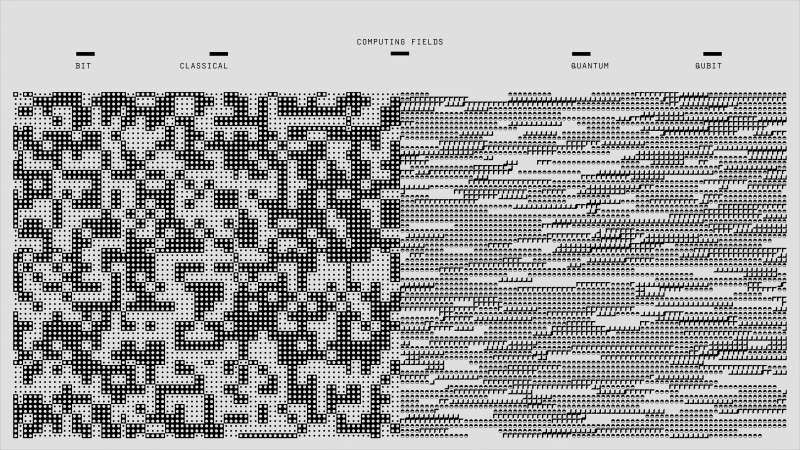Popular Technologies for Monitoring and Managing Work
Published on: April 30, 2025
As remote and hybrid work models become the norm, organizations are increasingly turning to digital tools to ensure visibility, accountability, and performance optimization. These technologies serve a range of purposes—from basic time tracking to in-depth behavior analysis powered by artificial intelligence. Below are some of the most widely used categories and platforms in this area:
1. Time Tracking Systems
Time tracking software helps employees log their work hours, tasks, and breaks in a structured way. These tools not only promote self-discipline and productivity but also provide managers with valuable insights into how time is spent across teams and projects.
Popular platforms include:
-
Toggl: A simple, user-friendly app that offers time tracking with reports, billable hours, and integrations with tools like Asana and Trello.
-
Harvest: Combines time tracking with invoicing and project budgeting.
-
Clockify: A free time tracker for teams that allows unlimited users and offers detailed time logs, reports, and productivity analysis.
-
Hubstaff: Offers GPS tracking, activity levels, screenshot capturing, and integrations with over 30 tools.
-
xTimeTo: A powerful and intuitive time-tracking solution designed for remote teams and freelancers. It offers project-based time logs, productivity overviews, and detailed performance reports in real time.
These tools are especially helpful in environments where productivity is measured based on hours worked or tasks completed. They also help ensure transparency in billing for client-based work.
2. Employee Monitoring Software
Employee monitoring systems provide deeper visibility into work behavior and system usage. Unlike basic time trackers, these platforms monitor various types of user activity and produce granular reports on employee performance.
Key features often include:
-
Real-time screenshots
-
Keystroke and mouse activity tracking
-
Application and website usage analysis
-
Idle time detection
-
Activity classification as productive or unproductive
Popular tools in this category include:
-
Teramind: Offers advanced user behavior analytics, insider threat detection, and compliance tools.
-
ActivTrak: Focuses on employee productivity monitoring and coaching insights.
-
Time Doctor: Tracks time spent on various tasks, monitors distractions, and generates productivity ratings.
-
Workpuls (now Insightful): Offers automated time tracking, computer activity monitoring, and real-time workforce analytics.
-
DeskTime: Automatically tracks apps and URLs used, helps identify time-wasters, and generates daily productivity scores.
These solutions can help detect inefficiencies and pinpoint areas for improvement, but they must be implemented transparently to avoid trust issues and potential legal concerns.
3. Project and Task Management Platforms
While not explicitly designed for surveillance, project and task management tools naturally promote accountability through visibility. They allow team members to organize their workloads, report on progress, and collaborate in a centralized workspace.
Common capabilities include:
-
Task assignment and prioritization
-
Project timelines and Gantt charts
-
Status updates and notifications
-
File sharing and documentation
-
Time estimates and deadline tracking
Widely used platforms in this space include:
-
Asana: A flexible tool for organizing work across teams with tasks, milestones, and visual workflows.
-
Trello: A Kanban-style board system for visual task management.
-
Jira: Tailored for agile software development with advanced issue tracking and sprint planning.
-
Monday.com: A highly customizable work operating system for planning, tracking, and delivering projects.
Though these platforms do not record screen time or user activity, they inherently support discipline through clearly defined expectations and shared visibility into progress.
4. Productivity and Behavior Analytics (People Analytics)
People analytics tools delve deeper into organizational behavior by analyzing digital communication, collaboration patterns, workload distribution, and engagement levels. These systems aim to understand and improve the human side of productivity using large-scale data.
Key capabilities include:
-
Integration with calendars, emails, and messaging platforms
-
Identification of collaboration bottlenecks
-
Monitoring of workload balance and burnout risk
-
Forecasting attrition, disengagement, or performance issues
-
AI-based performance predictions and team health analysis
Leading solutions in this space include:
-
Microsoft Viva Insights: Integrates with Microsoft 365 and provides personal and manager-level insights on well-being and productivity.
-
Qualtrics People Analytics: Combines employee feedback with behavioral data to improve retention and performance.
-
xTimeTo Advanced Analytics: Offers data-driven dashboards that provide insight into individual and team behavior patterns, absenteeism, and project trends, helping leaders make informed decisions.
-
Grytics: Analyzes collaboration and engagement on enterprise social networks like Microsoft Yammer.
These tools are particularly useful for HR departments and senior managers who want to optimize team dynamics, reduce turnover, and drive sustainable performance.
Why It Matters
In a world increasingly driven by results, having visibility into how people work—not just what they produce—is becoming vital. However, it is essential to remember that the implementation of such systems must balance operational efficiency with privacy, ethics, and organizational culture. Transparency, employee consent, and fair policies are critical in gaining the full value of these technologies without sacrificing trust or morale.










